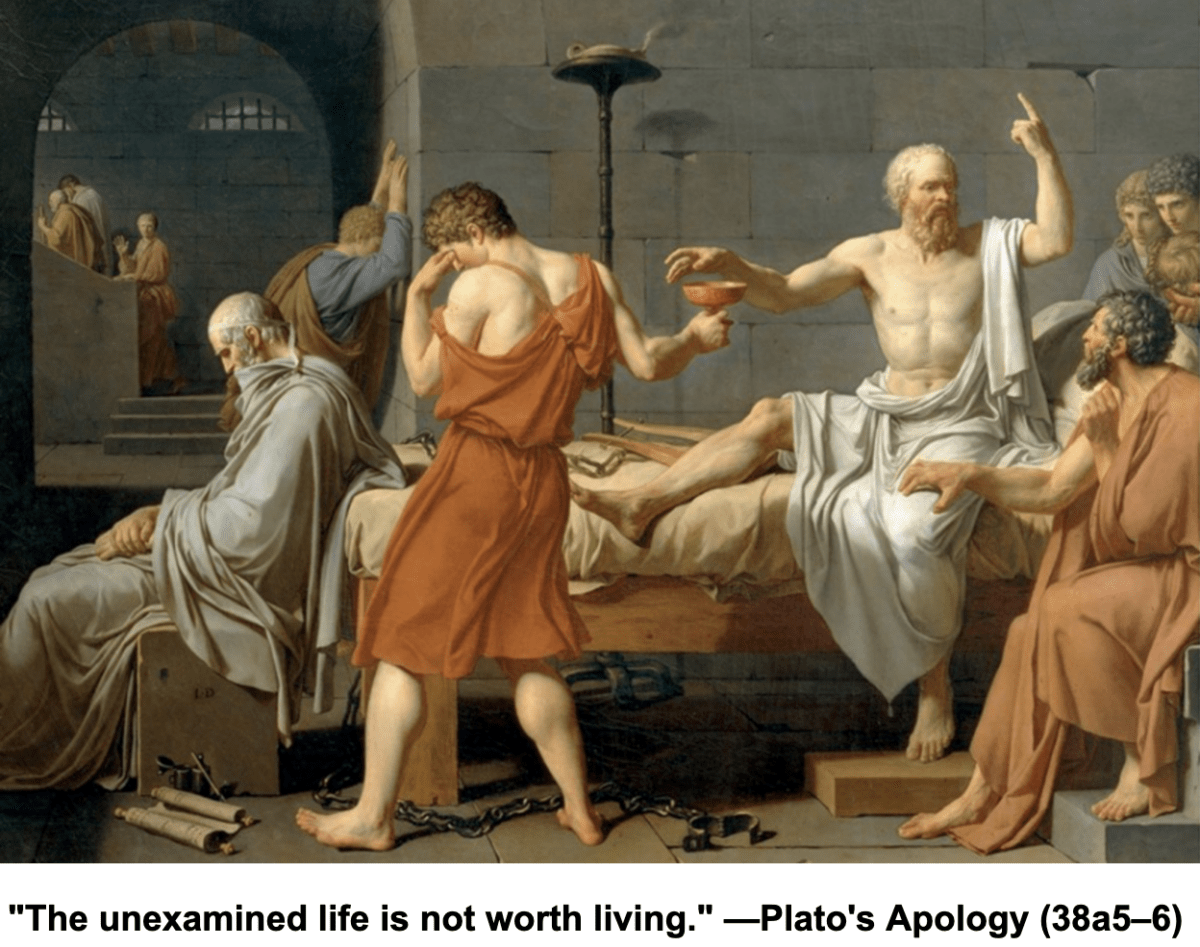In the late summer of 1786, the Continental Congress authorized a meeting in Annapolis, Maryland to address the problem of burdensome restrictions placed by the various states on interstate commerce. Only five states sent representatives. Lacking a quorum, they were unable to conduct business. So, with time on their hands, a group of them planned a rebellion.[1]
The first step in their plot was to send a seemingly innocuous letter—penned by Alexander Hamilton—to the Continental Congress. In this missive, he asked Congress to direct the states to appoint commissioners to gather in Philadelphia in May of 1787 to consider such changes to the Articles of Confederation as would “render the constitution of the federal government adequate to the exigencies of the union.”[2] Congress assented to their request but limited the remit of the Philadelphia gathering to revising the Articles of Confederation.
Continue reading “The Brightest or the Blackest Page”